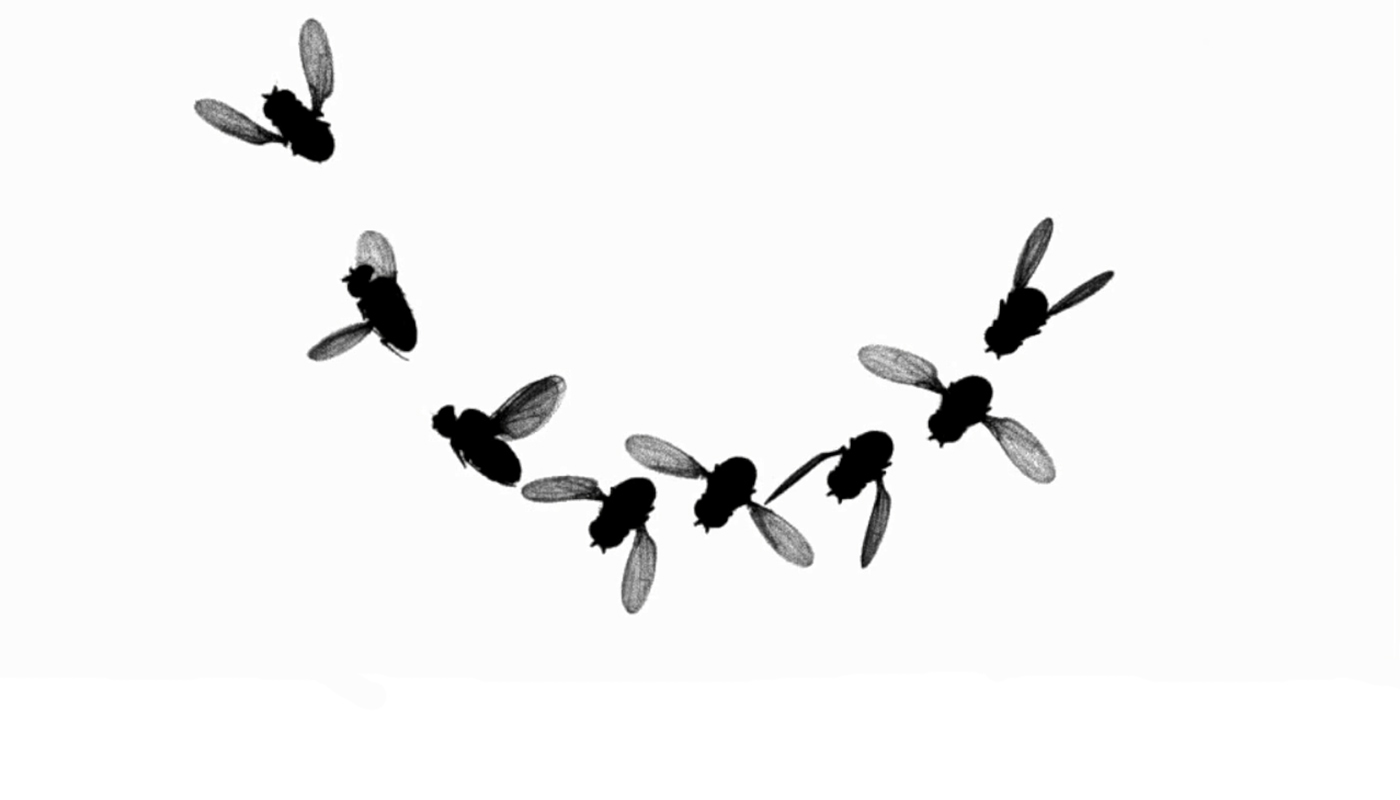Flies escape your blows with rapid turns and high accelerations. Experiments with the DelFly Nimble robot insect have revealed a trick. This week in Science magazine.
Video by Gijs Walstra
The DelFly Nimble is TU Delft’s Micro Air Vehicle (MAV) Lab’s latest development. The MAVLab has been working with insect-like flying robots for over 10 years. By modelling insect behaviour in its robots and comparing it to reality, it found the secret behind the agility of the fruit fly. The project by Dr Matěj Karásek and his colleagues from the TU Delft MAVLab in collaboration withDr Florian Muijres (Wageningen University) resulted in a publication in this week’s Science magazine.
“Our robot has a top speed of 25 kilometres per hour,” says Karásek. “It can perform sharp manoeuvres like 360 degree flips in a loop or roll. It has a span of 33 centimetres and it weighs 29 grams. With a full battery, it can fly for five minutes.”
Every time you try to flatten a fly, chances are you’re hitting the table but not the insect. Flies seem to have a survival trick that allows them to swiftly escape in the safest direction.
Karásek and colleagues programmed the Nimble to fly just like a fruit fly. It could go back and forth, fly sideways by moving its wings unilaterally (see the movie below), and turn on its vertical axis.
MAVLab video on the DelFly Nimble
Once the robot insect was fully under control, the MAVLab programmed it to make fruit fly-like turns by simultaneous rotations around its forward-pointing axis and transversal axis. But during the rapid banked turn, the Nimble also turned on its vertical axis.
The researchers concluded that there is a passive aerodynamical effect at play, which couples torques over orthogonal axes. This newly discovered effect helps flies, and possibly other animals, to stay in control while making sharp and speedy turns.
“The robot flies like a fruit fly,” Karásek explains over the telephone. “But unlike the fruit fly, we can look in the robot’s brain and see what it wants to do, and what happens during this passive phenomenon.”


Dr Guido de Croon, scientific leader of the lab, thinks the DelFly Nimble is not only suitable for basic research but is ready for applications as well. Earlier models have not left the lab because of insufficient manoeuvrability or because they were too difficult to build. “The Nimble is very versatile. It was assembled from standard parts and it has a relatively long flying time, which makes it interesting for practical applications.”
Video courtesy of Florian Muijres, Dickinson Lab, University of Washington
- Matěj Karásek, Florian T. Muijres, Christophe De Wagter, Bart D.W. Remes, Guido C.H.E. de Croon, A tailless aerial robotic flapper reveals that flies use torque coupling in rapid banked turns, Science, 13 September 2018.
Heb je een vraag of opmerking over dit artikel?
j.w.wassink@tudelft.nl


Comments are closed.